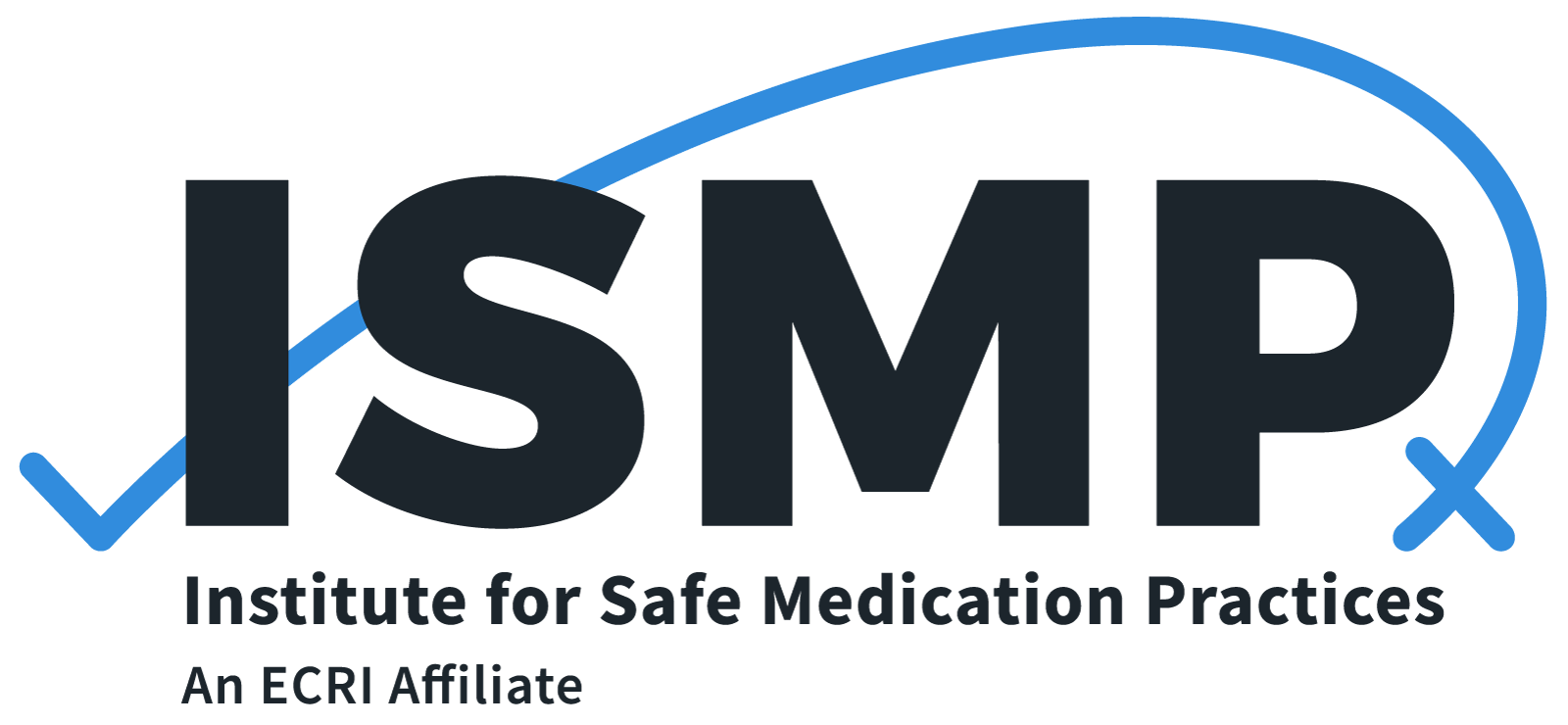An analysis of vaccine error reports submitted to the ISMP National Vaccine Errors Reporting Program (ISMP VERP) during calendar years 2017 and 2018.
Resource Library
These resources are developed from ISMP's review of reports through its national error reporting programs, peer-reviewed articles in its publications, and/or consensus gathering summits on topics pertinent to specific errors or hazards. ISMP offers a wide range of downloadable and easy to use resources. Many are free.
Featured
All Resources
Standard best practices and processes directly associated with ADC design and functionality.
Strategies to safely present drug information in various electronic formats.
Identify and manage targeted risks associated with IV push use.
Helps consumers understand how errors happen and the steps necessary to keep them safe.
Detailed information for hospital leadership on the value a Medication Safety Officer can provide.
Assess the safety of systems and practices associated with up to 11 categories of medications.
Address at-risk behaviors and unsafe practices in the inpatient setting and during transitions of care.
Strategies for healthcare practitioners to avoid fatal HYDROmorphone-morphine mix-ups.
Designed to heighten awareness of safe practices related to the use of antithrombotic agents.
Use this guide to build and integrate the library with the electronic health record.
Proactively identify opportunities for reducing patient harm.
Suggestions for developing policies, procedures, and associated documents.
Best practice recommendations to standardize safe administration of parenteral IV push medications.
A process-driven, system-based approach to investigation of the causes of a sentinel event.
Proactively identify opportunities for reducing patient harm from chemotherapeutic agents.
Designed to heighten awareness of distinguishing systems and practices in a safe hospital medication system.
For acute care organizations developing or revising policies and procedures.
